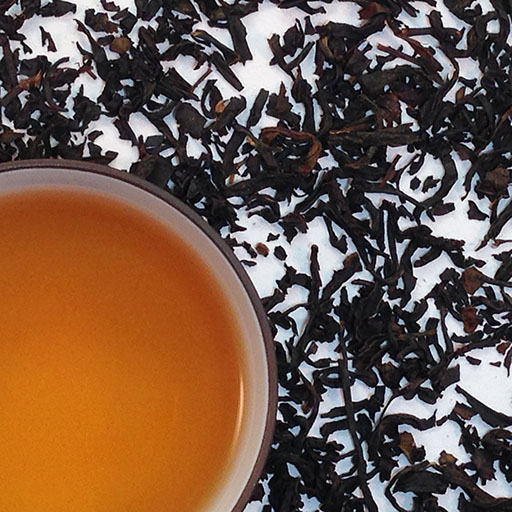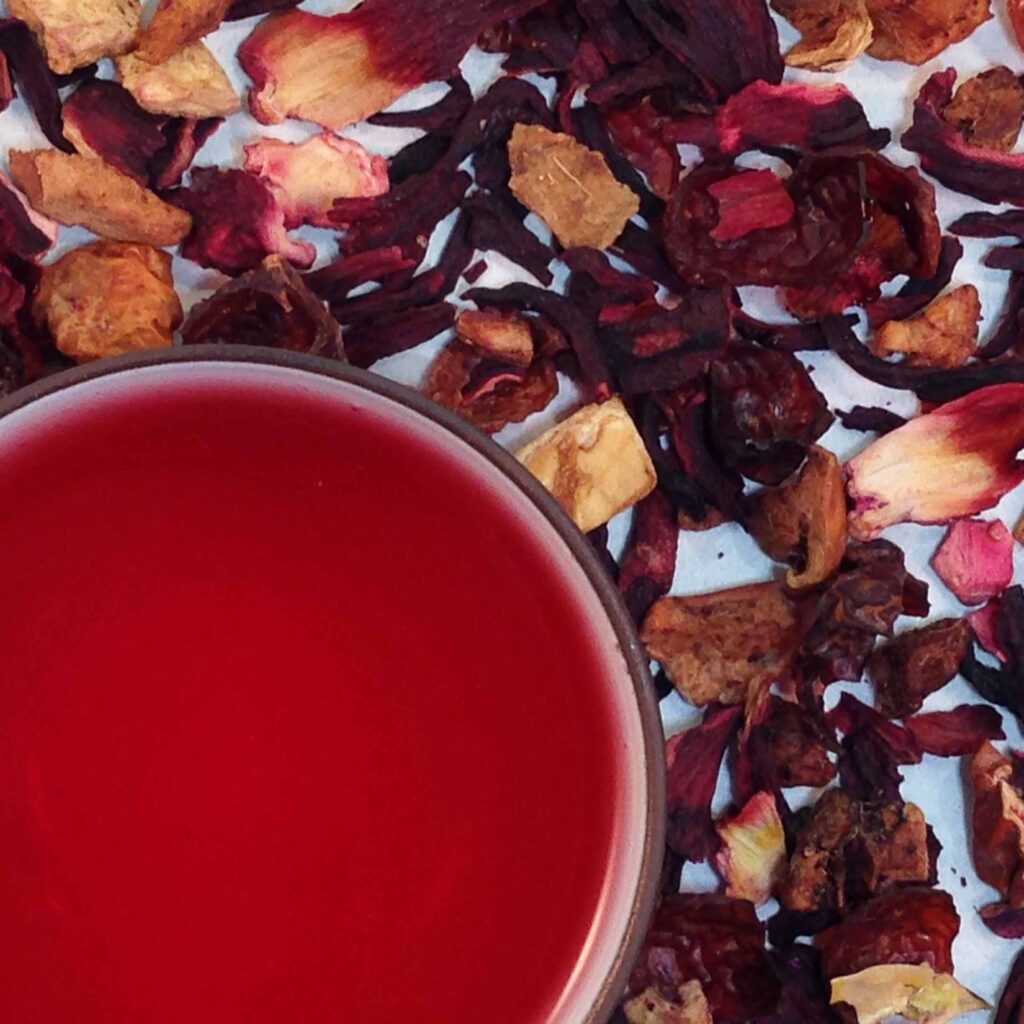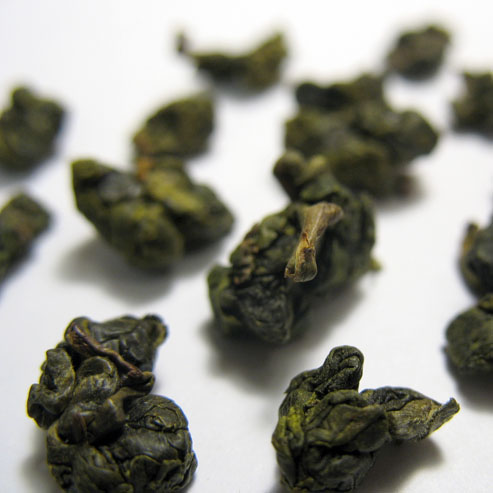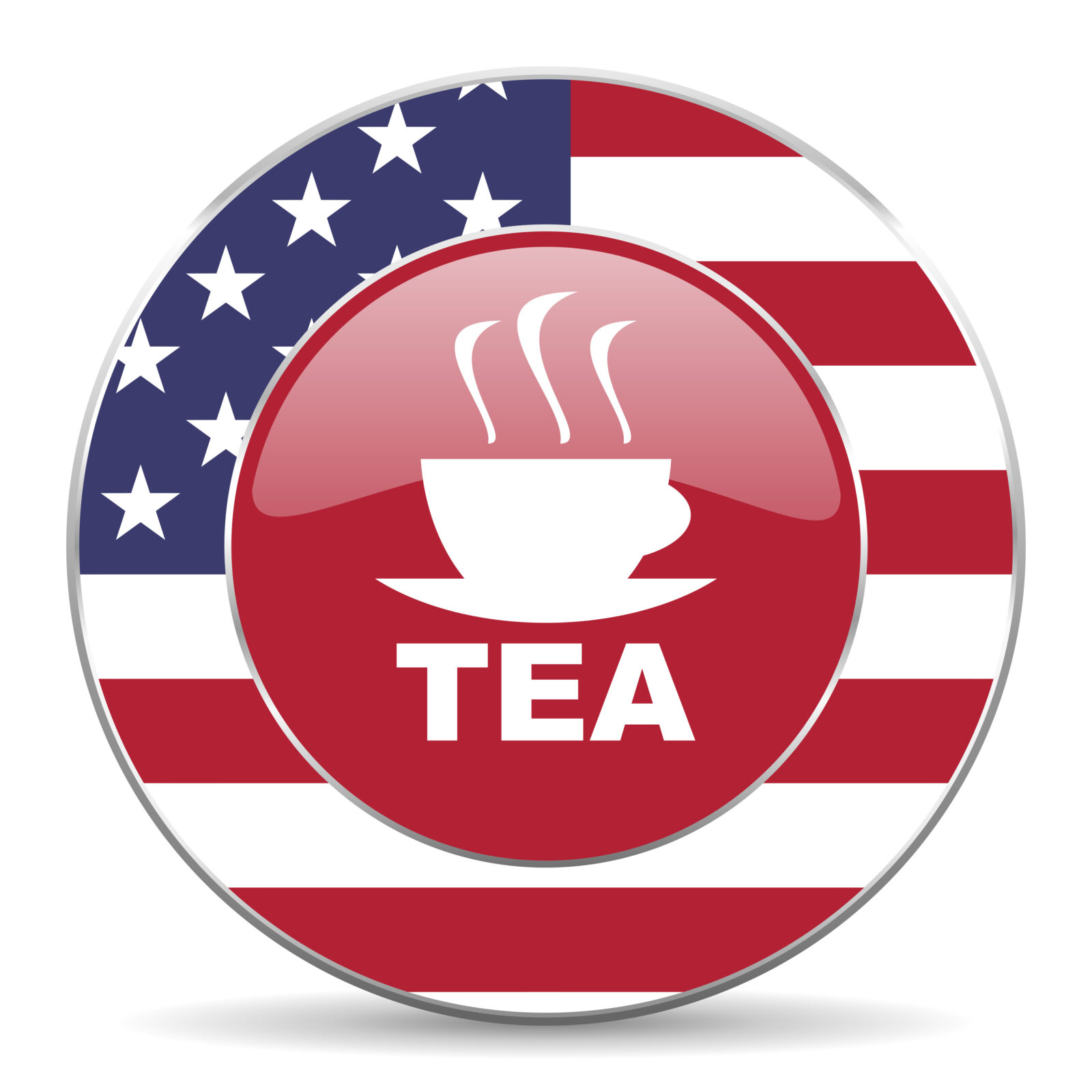Iced Tea for July 4th—As All-American as Apple Pie
Between the Memorial Day holiday, the summer solstice in June and July 4 we experience a trio of events that officially and unofficially mark the beginning of summer. The technical start of the warm season is the solstice, which this year was on June 21. But many people think of Memorial Day as the real beginning of summer. And July 4 also serves as a summer kick-off, with barbecues, parades and parties taking place in back yards and parks from Washington State to Washington, D.C.
It’s also got to be the No. 1 American holiday for iced tea consumption. Nearly every celebration of the nation’s birth, it seems, involves cold pitchers of tea, often spiked with lemon and mint.
The embrace of iced tea during the holiday offers a pleasing echo of events that led to the beginning of the United States, 247 years ago.
Tea has Deep Roots in America

The Boston Tea Party, on December 16, 1773, represented the first significant uprising among American colonists against the English government that ruled them. Just a few years later, on April 19, 1775, the American Revolution began. And on July 4, 1776, the Second Continental Congress adopted the Declaration of Independence, and the United States was born.
Tea, it turns out, has been a big part of the American story since the beginning.
While it was British ships owned by the East India Company that spawned the Boston Tea Party in Boston Harbor, all of the tea on the vessel was from China; tea did not arrive in India and Sri Lanka until the 19th century. Historical records show the three tea ships contained 240 chests of a tea they called Bohea (black tea from the WuYi Mountains), 15 chests of what they referred to as Congou (a black tea), 10 of Souchong (tea from WuYi Mountains with a smoky flavor), 60 of Singlo and 15 of Hyson (both green teas, neither of which has these names today).
Back then, people did not make iced tea. For one thing, they didn’t have freezers! Making ice in summer was not a pursuit. For another, it simply was not how people consumed tea. They brewed it, and sipped it while still hot.
Iced Tea—As American as Apple Pie
That changed, of course. Today, iced tea is the No. 1 style for drinking tea in the United States—80% of the 3.8 billion gallons of tea that Americans drink every year is served cold, either in ready-to-drink cans from vending machines and markets or brewed in home kitchens, poured into pitchers, and stored in refrigerators.
We’re big iced tea fans at Ku Cha. Among other things, we now offer large-format tea bags, designed for brewing pitchers of iced tea with ease. In addition, we constantly experiment with our inventory of fine teas, hunting for styles that taste especially wonderful and quench thirst, too, when chilled.
With July 4 just days away and nothing but summer on the horizon until the autumn equinox on September 23, we’ve all got plenty of time to explore the vast number of teas that can be successfully brewed into delicious, hydrating iced teas. We offer three options for iced tea ambrosia, including one style that was on one of those ships in Boston Harbor back in 1773.
Iced Teas for Summer: Lapsang Souchong

Even in 1773, people referred to China’s famous smoky tea as Souchong. Now we know it as Lapsang Souchong; we champion is often.
This black tea undergoes a unique process. After harvest and during the drying phase of production, artisans place the leaves over pine smoke, a method that originated during the Qing dynasty in the 17th century. The technique doesn’t flood the leaves with smoke. Instead, it perfumes them, helping to shape the flavor but not transforming the black tea into a smoke bomb. It’s delicious, and quite satisfying.
We also think that chilled Lapsang Souchong serves as an ideal iced tea, especially for things like gatherings that involve barbecues and grills. The tea’s smoky character marries the smoke in the foods with grace, complementing rather than competing with the final dishes.
If you envision a summer of grilled foods, consider brewing some Lapsang Souchong and chilling it down. You’ll love it.
Iced Teas for Summer: Paradise Peach + Pink Pomegranate

We don’t often combine blends in one brew. Team Ku Cha spends a lot of time iterating diverse ingredients found in blends, working hard to achieve winning flavors that people will savor, and return to again and again. But every once in a while, we put pair blends just for the heck of it. And sometimes, the results are splendid.
This is one of those happy marriages. Our Paradise Peach blend revolves around the heady flavors of peach, which many consider Colorado’s signature fruit. To that we add hibiscus, orange zest and rosehips, all of which flood the tea with healthy vitamin C and add rich color, aroma and bright flavor.
After relishing this tea iced for several years, we wondered if combining it with another favorite iced tea, our Pink Pomegranate, would yield something beautiful. It did! Pink Pomegranate contributes even more deep color, through dragon fruit and pomegranate. In addition, the tea includes a touch of the tropics—pineapple—and another Colorado favorite fruit, apple. Finally this outstanding tea incorporates a little bit of yogurt crunch, which gives the tea a smooth texture and hints of extra sweetness.
Iced, the combination is a wonder, with bold notes of fruit, hibiscus and rosehips. It is one of our most refreshing combination brews, and the iced version works wonderfully with a wide range of foods, from corn on the cob to barbecued brisket to grilled chicken wings, bratwursts and vanilla cake.
Iced Teas for Summer: Milk Oolong

This one might sound a bit odd, but believe us—it’s one of our most popular teas for good reason.
Our Milk Oolong rests on a foundation of oolong, the classic Chinese tea that undergoes moderate oxidation. We sip oolong every day, and hold it close as one of our most favorite tea styles in the world. Like many teas, it also holds up quite well to refrigeration, offering cool sips of oolong complexity and general yumminess.
But after harvest, after the tea has undergone an ideal amount of oxidation, the tea artisans who roast the tea to arrest oxidation add a bit of non-dairy creamer to the leaves. The incorporation of extremely small amounts of healthy, creamy fat to the tea is transformative. With every sip, the tongue gets coated with tea turned slightly silken.
And when served cold, it may be even better. Dining often calls for small jolts of fat; the substance helps carry and prolong flavor. And that’s precisely what it does with our Milk Oolong.

